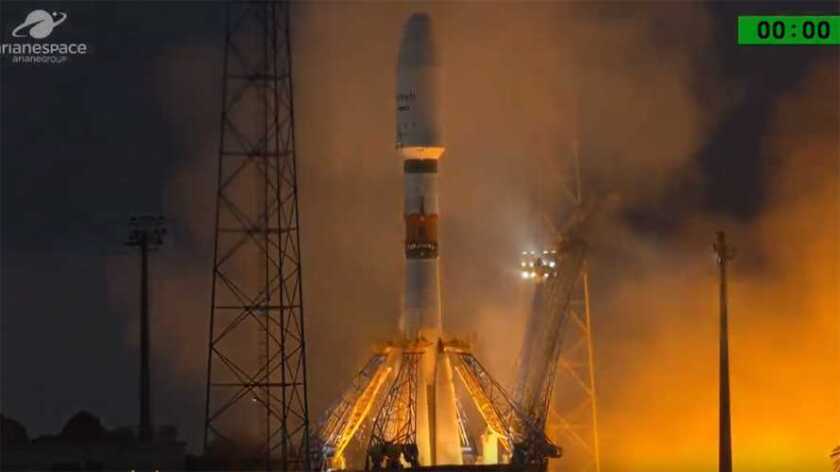The aim is to integrate signals from satellites and high-flying balloons and aircraft into terrestrial 5G networks from masts and small cells.
The aim is “to provide internet and mobile broadband services to users in harder-to-reach areas such as coastlines, forests, deserts and mountains,” said Peter Meissner, CEO of the NGMN [Next Generation Mobile Networks] Alliance.
The NGMN Alliance is working with EMEA Satellite Operators Association (ESOA), which describes itself as “the world’s only CEO-driven satellite association”.
Together they have published a detailed description of how cellular 5G networks, delivered from towers and small cells, can work seamlessly with different types of non-terrestrial networks (NTNs). (PDF here.)
Meissner said: “By 2025, we envision the full deployment of NTNs to meet the challenges of mobile network operators and vertical industries in terms of reachability, availability and resilience which will make a significant difference to the extension of 5G connectivity.”
The report looks at how to use satellites to expand coverage in rural areas, deserts, mountainous areas, forests, coastlines, seas and oceans. But also in their sights is connecting aircraft and providing internet of things (IoT) services such as smart cities, connected cars, fleet tracking and sensing.
The challenge is that cellular networks work from fixed base stations – as do services from geostationary satellites, orbiting in apparently fixed positions 35,786km above the equator.
High-altitude platforms (HAPs) on balloons or aircraft will also be relatively fixed.
But low-orbit satellites 500-2,000km above the Earth and medium-orbit satellites from 7,000 to 25,000km move at different speeds across the surface.
This all makes roaming between the different platforms a complex challenge – as does the different latency, from half a second for geostationary satellites to 25ms for low-orbit satellites and even less for HAPs.
Satellite experts contributing to the report come from Avanti, Echostar, Intelsat, OneWeb and Thales Alenia Space, and on the mobile side there were staff from Bell Canada, Orange and Vodafone, with Sébastien Jeux, a member of Orange’s expert community on future networks, chairing the panel.
This week OneWeb (pictured) said it plans to launch 34 low-orbit satellites today from Baikonur in Kazakhstan. They will ultimately orbit at 1,200km above the surface.
“We are proud to demonstrate the potential of the integration of terrestrial and NTNs to provide internet and mobile broadband,” said Meissner.






